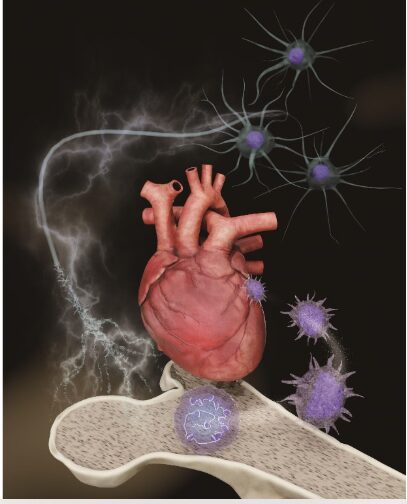2024-05-24 バージニア工科大学(VirginiaTech)
<関連情報>
- https://news.vt.edu/articles/2024/05/german-cockroach-origin-research.html
- https://www.pnas.org/doi/10.1073/pnas.2401185121
チャバネゴキブリ(Blattella germanica)の起源と世界的伝播に関する250年来の謎を解く Solving the 250-year-old mystery of the origin and global spread of the German cockroach, Blattella germanica
Qian Tang, Edward L. Vargo, Intan Ahmad, +9, and Theodore A. Evans
Proceedings of the National Academy of Sciences Published:May 20, 2024
DOI:https://doi.org/10.1073/pnas.2401185121

Abstract
The origin of the German cockroach, Blattella germanica, is enigmatic, in part because it is ubiquitous worldwide in human-built structures but absent from any natural habitats. The first historical records of this species are from ca. 250 years ago (ya) from central Europe (hence its name). However, recent research suggests that the center of diversity of the genus is Asian, where its closest relatives are found. To solve this paradox, we sampled genome-wide markers of 281 cockroaches from 17 countries across six continents. We confirm that B. germanica evolved from the Asian cockroach Blattella asahinai approximately 2,100 ya, probably by adapting to human settlements in India or Myanmar. Our genomic analyses reconstructed two primary global spread routes, one older, westward route to the Middle East coinciding with various Islamic dynasties (~1,200 ya), and another younger eastward route coinciding with the European colonial period (~390 ya). While Europe was not central to the early domestication and spread of the German cockroach, European advances in long-distance transportation and temperature-controlled housing were likely important for the more recent global spread, increasing chances of successful dispersal to and establishment in new regions. The global genetic structure of German cockroaches further supports our model, as it generally aligns with geopolitical boundaries, suggesting regional bridgehead populations established following the advent of international commerce.


